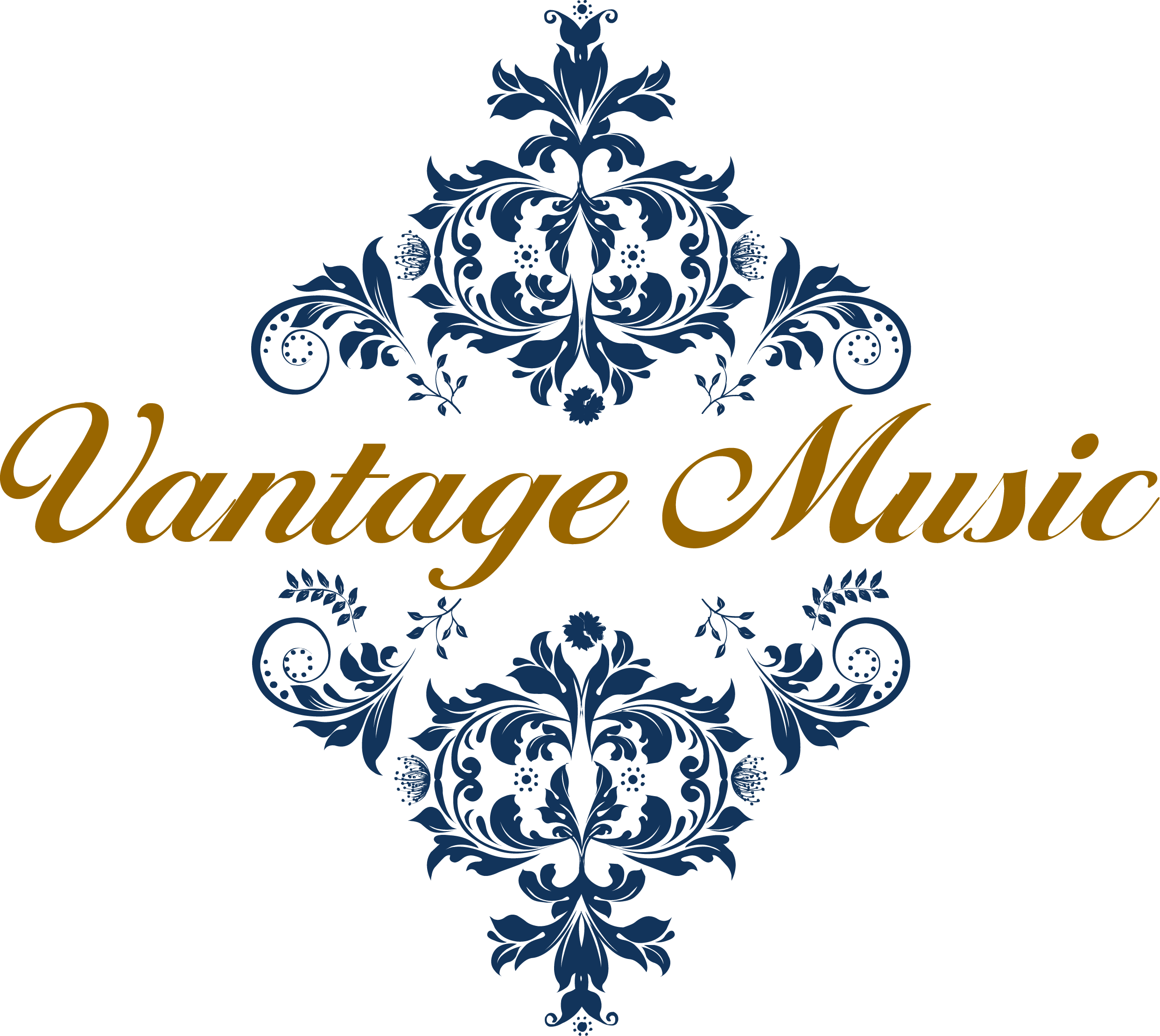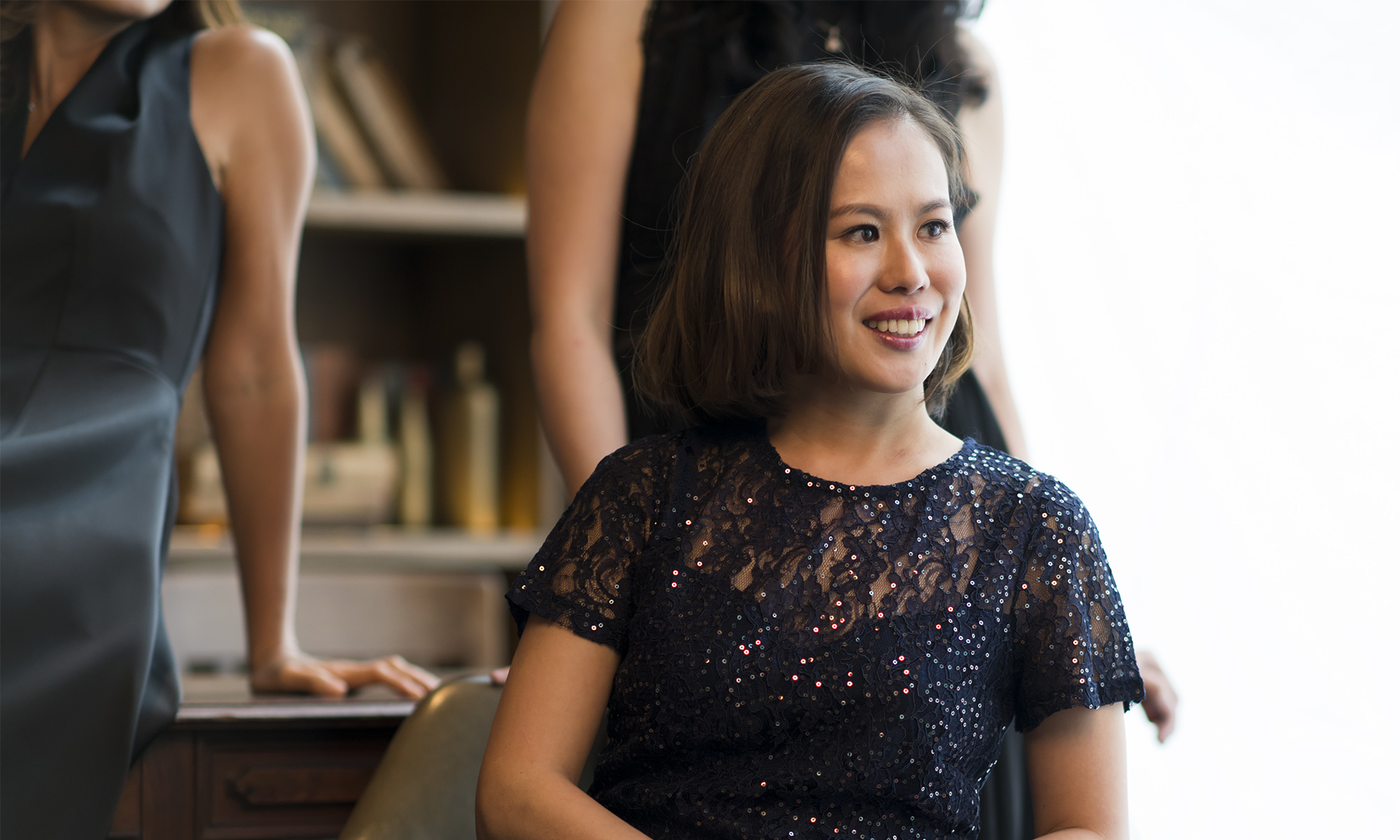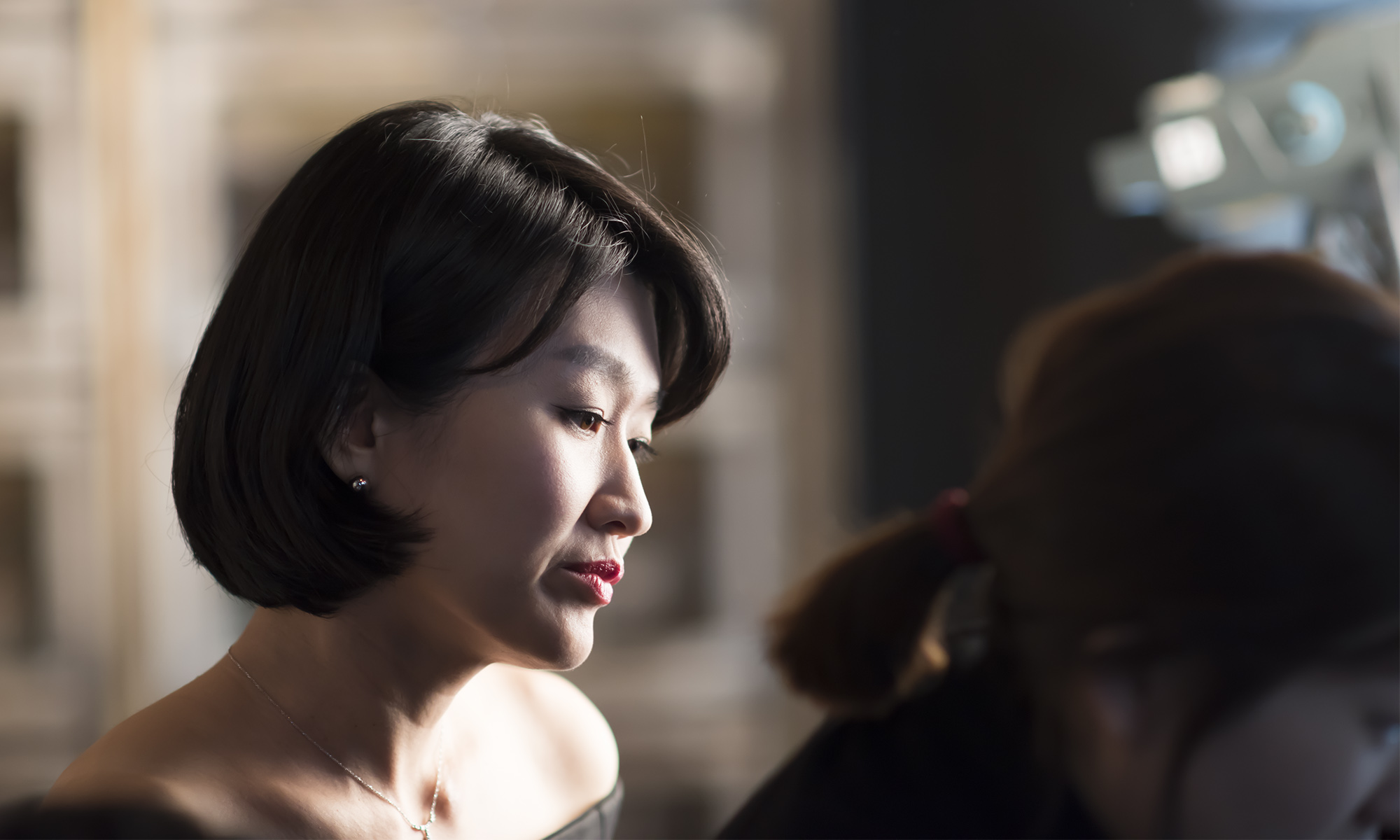Viennese Legacy is a concert series span over 2 years, featuring chamber music by Mozart, Haydn, Beethoven and Schubert. The major performing venue is Hong Kong University of Science and Technology, please refer to our Event Calendar for the dates for more information.
Sometimes daydreamers like to speculate about “what if” scenarios such as what if there had been no Einstein? The answer is, astonishing and seemingly miraculous though Einstein’s breakthroughs were, someone else would have almost certainly come up with the theories of relativity and his ideas about quantum theory instead of him. It might have taken longer but in science, ideas are often nascent, as if ready for plucking – to the extent that often multiple scientists make the same discovery almost at the same time independently.
With that in mind imagine what classical music would be like without Mozart, Haydn, Beethoven, and Schubert. This is actually a much, much harder thing to envisage. There’s no certainty at all that others would have stepped in to fill their place. In fact, the very opposite is true. Music, unlike science, is not there to be discovered pre-existing in some Platonic realm: each of these composers made unique contributions to the musical world that would never have been created without them, so much so that their absence would leave a gaping hole in the repertoire and in our hearts. So try putting yourself in the mind of people who rarely or never listen to classical music. They are effectively in the same place as the culturally impoverished people in our fictitious “what if” scenario and yet they need not be there at all!
Given this, what better way to revel in our good fortune that we have the fruits of these composers’ immense labors bestowed upon us than listen to these concerts? Our music series “Viennese Legacy”, which will span a two-year period, will celebrate the contributions of these illustrious composers to the world of chamber music where they made some of the greatest contributions of all time. It is not only a chance for some of us to refresh our memories about some of the marvelous works they wrote but also an opportunity for people not so familiar with the repertoire to become acquainted.
The series opens with two violin sonatas, one each by Mozart and Beethoven, and the Piano Trio in B flat by Schubert. Mozart wrote some 16 violin sonatas in his childhood years and another 20 as an adult. The earlier sonatas are rarely performed these days because they are basically piano sonatas with violin accompaniment as are many of Haydn’s works for violin and piano duo. Meanwhile, given Haydn’s importance to the advancement of chamber music it would have been amiss to neglect him entirely so we will also feature two of his most famous works in this genre.
The Mozart Sonata in C major K. 296, with which our series begins, is the first of the composer’s mature works for the duo. It belongs to what is known as the composer’s “Mannheim period”, written while he was visiting the city after leaving his home town of Salzburg in search of new employment and better prospects. The mature sonatas can be divided into three main periods, the Mannheim and then two phases while the composer was living in Vienna. Key works will be featured from all three periods.
It is worth noting that Mozart and Beethoven both called their violin and piano duos, Sonatas for Keyboard and Violin, as if the violin were the secondary instrument. Such was the custom of the day to see the keyboard, whether it was harpsichord or piano, as dominant and given the virtuoso keyboard skills of both composers it would not be surprising if they had been happy to leave things this way. Yet both took important strides to reducing the gap between the role of the two players, so much so that these sonatas are often performed today with the violinist getting headline billing even though the pianist’s role is often more taxing and virtuosic.
The trend to equality is particularly evident in the set of ten violin sonatas by Beethoven which will be presented in their entirety over the run of our series. The early group of three Op. 12 Sonatas reflect the composer’s initial approach where he picked up from Mozart and Haydn. But as he evolved, his approach became more sophisticated and innovative. While the Sonata Op. 24 in F “Spring” remains one of the most popular in the set given its abundance of sunny melodies and uplifting spirit, the contrasting Sonata Op. 30 No. 2 in C minor represents Beethoven at his stormiest, writing in the same key as his Fifth Symphony and the Pathétique Piano Sonata. The famous “Kreutzer” Sonata Op. 47 represents a new level of virtuosity for the violinist which by now has fully caught up with demands made on the pianist. The last Sonata in G major Op. 96 borders on Beethoven’s late period style, where the composer’s textures reached their most complex, integrated and condensed form yet.
Interestingly, Beethoven’s cello sonatas, although he wrote only five, span a wider period of time than the violin sonatas with the first two Op. 5 Cello Sonatas coming earlier than the Op. 12 Violin Sonatas and the two Op. 102 Cello Sonatas marking for many scholars the true beginning of his revolutionary late period. The series will give audiences a chance to hear all of these remarkable works in their chronological order and thus an opportunity to hear how Beethoven’s style evolved within the compressed time frame of our series.
The series opener also features one of Schubert’s two masterpieces for piano trio, a chamber ensemble form which includes both violin and cello. The Piano Trio in B flat is the lighter of the two and although written at about the same time as the second, the latter is a much darker work as if pre-shadowing his untimely death at the age 31 that was less than a year away. This second work, the Piano Trio in E flat, which features a hauntingly sad cello solo in the slow movement and a finale conclusion that reiterates the same theme but in a brilliantly transfigured form, will make for a powerful close to the series. In contrast, Schubert’s violin sonatas, although written after Beethoven’s, represent a curious throwback to Mozart’s works in that they are on a more modest scale than Beethoven’s violin sonatas, and are almost a little naive in their style. The composer, of course, wrote them in his youth and one wonders how much he knew about Beethoven’s titanic achievements in the same form yet they still possess a fundamentally Schubertian charm. However, in the penultimate concert we will have a chance to hear Schubert pulling out all of the stops with his Fantasy for Violin and Piano, a much more virtuosic work that makes the steepest technical demands on both instrumentalists. In totality, the series will give audiences the opportunity to perceive something of the immense and beautiful soundscapes opened up by these Viennese composers and to appreciate how far reaching their legacy truly was.
Program notes by Julian Brown


















